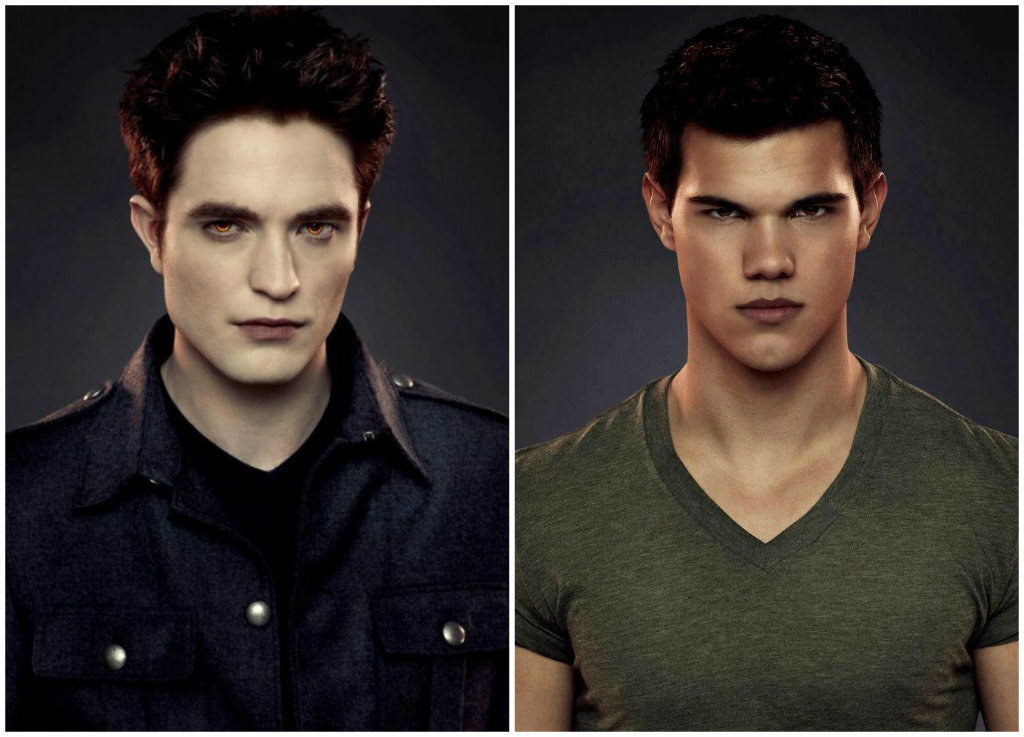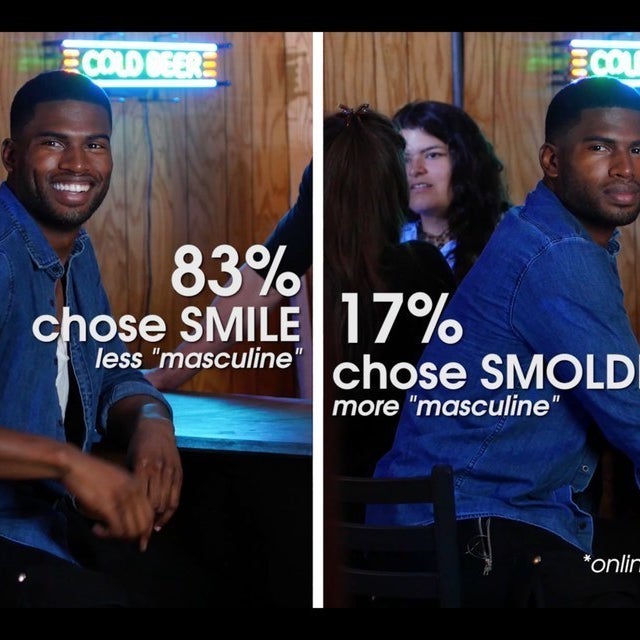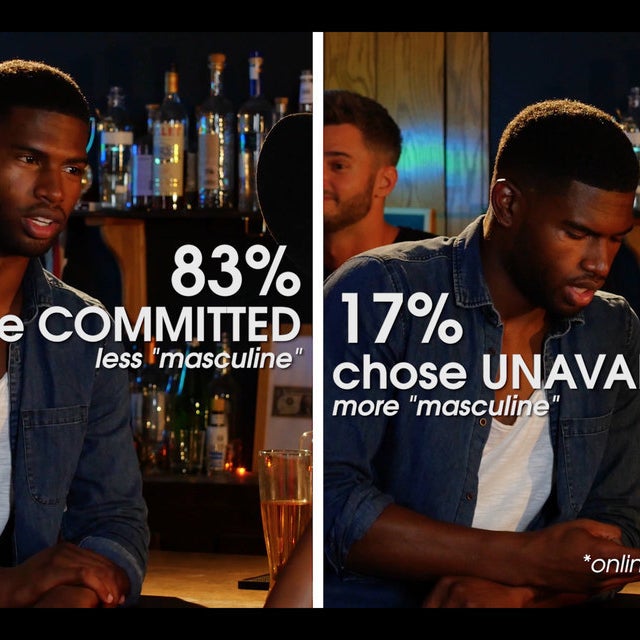Hundreds of thousands of you voted in our original video poll testing male attractiveness.
See if your answers matched with the general public's and a sample group of BuzzFeed producers.
View this video on YouTube
Actor/Model - Broderick Hunter
Psychotherapist and multiculturalist Matt Dempsey helped design this experiment to test how much we actually value traditional masculine traits in modern society.
Needless to say, poll takers were immediately drawn to one side over the other, and their judgment of the man's personality based on a single scene was surprisingly in depth.
Traditionally masculine traits include qualities such as stoicism, strength, aggressiveness, emotional unavailability, carelessness, and a sense of cool.
Traditionally feminine traits include qualities such as openness, vulnerability, passivity, emotional intelligence, thoughtfulness, and a sense of commitment.
This common trope of traditionally masculine vs. feminine qualities in men is far more pervasive than you think: revisit every love triangle portrayed in anything from literature to film. Which guy did the lead (and the audience) usually feel more attracted to?

However, in 6 of our 7 tests, the audience voted in favor of the more traditionally feminine option.
Though, naturally, not everyone always felt the same way, and some of the poll's results were closer than others.
Interestingly, the only test that received higher votes for the more traditionally masculine side was the one featuring more expressive gestures vs. a closed off, calm posture.
Still, in three of the tests the more traditionally feminine side polled in the 80th percentile - a huge margin - when exploring smiling, attentiveness, and commitment.




